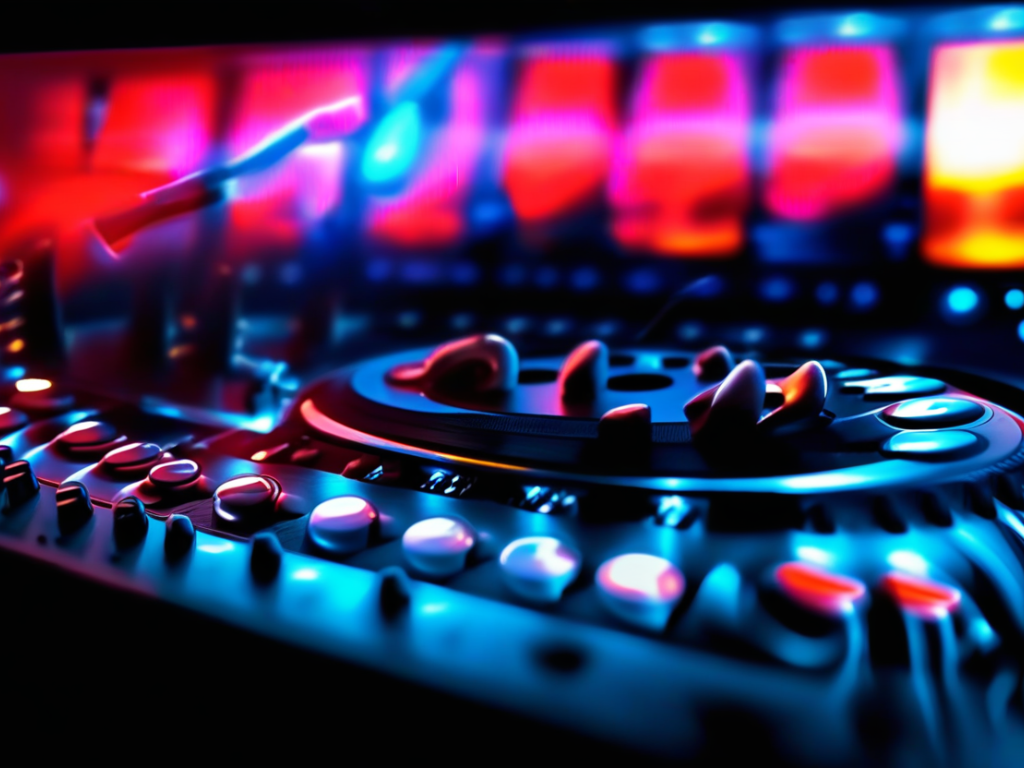As an audio enthusiast, you understand the importance of enhancing your listening experience to truly immerse yourself in the world of music. One way to achieve this is by utilizing the EQ settings on your music player effectively. EQ, short for equalization, allows you to adjust the frequency response of your audio playback, shaping the sound to suit your preferences and the characteristics of your audio playback system. In this guide, we will delve into the intricacies of EQ settings for your music player, exploring how you can optimize your sound and elevate your music listening experience.
In this article you will find:
- Understanding EQ and Its Impact
- Choosing the Right EQ Settings
- Avoiding Over-EQing
- Utilizing Graphic vs. Parametric EQ
- Room Correction and EQ
- Final Thoughts
Understanding EQ and Its Impact
Equalization is a fundamental tool in audio processing that modifies the frequency response of an audio signal. With EQ settings, you can boost or cut specific frequencies to tailor the sound to your liking. Understanding how different frequency ranges affect the audio can help you achieve a balanced and pleasing listening experience. For example, boosting the bass frequencies can add warmth and depth to your music, while attenuating the highs can reduce harshness or sibilance.
Choosing the Right EQ Settings
When adjusting EQ settings, it’s essential to consider the genre of music you’re listening to, as well as the capabilities of your headphones or speakers. For instance, a bass-heavy EQ might be suitable for electronic or hip-hop tracks, while a more neutral EQ could be ideal for classical or jazz music. Experimenting with different presets or creating custom EQ profiles can help you find the perfect balance for each music genre.

Avoiding Over-EQing
While EQ can enhance your listening experience, it’s crucial to exercise restraint and avoid overdoing it. Excessive boosting or cutting of frequencies can lead to distorted sound, loss of detail, or unnatural tonal balance. Aim for subtle adjustments that complement the music rather than overpowering it. Listening at moderate volume levels can also help prevent fatigue and ensure a more enjoyable listening session.
Utilizing Graphic vs. Parametric EQ
When it comes to EQ settings, you may encounter different types of EQ interfaces, such as graphic EQ and parametric EQ. Graphic EQs display a set of sliders corresponding to different frequency bands, making it easy to visualize and adjust specific ranges. Parametric EQs offer more precise control, allowing you to adjust not only the frequency and gain but also the bandwidth of each EQ band. Understanding the differences between these EQ types can help you make informed decisions based on your audio preferences.
Room Correction and EQ
In addition to adjusting EQ settings on your music player, consider integrating room correction software or hardware into your audio setup. Room acoustics play a significant role in how sound is perceived, and room correction EQ can help compensate for any anomalies or resonances in your listening environment. By calibrating the EQ to account for room acoustics, you can achieve more accurate and consistent sound reproduction across different listening spaces.
Final Thoughts
Enhancing your listening experience through EQ settings is a rewarding journey that allows you to personalize your audio playback and discover new nuances in your favorite tracks. By understanding the impact of EQ, choosing the right settings, avoiding excessive adjustments, and considering room acoustics, you can fine-tune your sound to perfection. Experiment with different EQ profiles, trust your ears, and enjoy the newfound depth and clarity in your music. Let the music take you on a captivating sonic adventure, guided by the art of EQ mastery.

